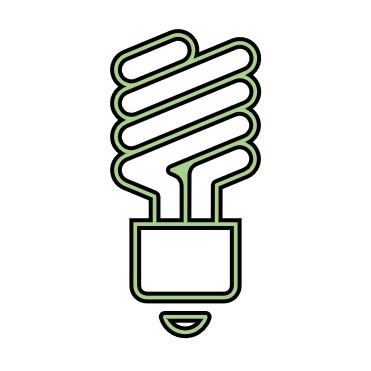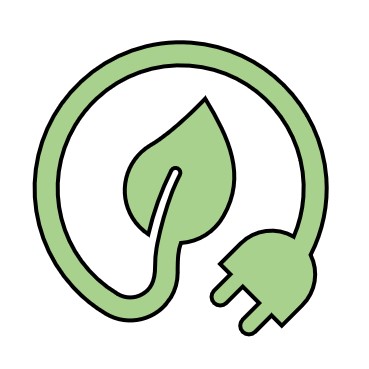Councils and energy
Councils spend a significant portion of their budgets on energy. They provide public lighting to their communities and consume large amounts of energy providing community facilities like aquatic and recreation centres.
Local governments around Australia are increasingly under pressure to innovate to save money and reduce carbon emissions.
One of our priorities is to help councils to reduce their energy costs and carbon emissions by negotiating lower costs of purchasing energy and facilitating projects such as the energy-efficient street lighting replacement project.
Did you know?

Energy-efficient street lighting
Council energy-efficient street light replacement projects have saved an estimated 800 tonnes equivalent of CO2 per year – equal to taking 7000 cars off the road over 20 years.

Member savings
We have helped Tasmanian councils save more than $1.8 million over the last two years due to shared energy procurement. The energy cost for public lighting, and community facilities such as pools and recreation centres is significant for councils.

Councils use renewable energy
Many councils use renewable energy sources eg. the Doone Kennedy Hobart Aquatic Centre has over 1500 solar panels, saving over $130,000 or 12.5% of energy costs each year.
How LGAT advocates for Tasmanian councils
In 2018–2019, as part of the Australian Energy Regulator Pricing reset for TasNetworks, we saved councils a total of $7.1 million over five years on public lighting.
We worked with Tasmanian councils on a major street lighting infrastructure upgrade project to replace outdated and inefficient street lighting with modern LEDs. The benefits to councils and the community have been considerable. Compared to the previous mercury vapour technology, LED lighting systems consume around 82% less energy, require less maintenance, and through their increase in light output make roads safer and improve public amenities.

